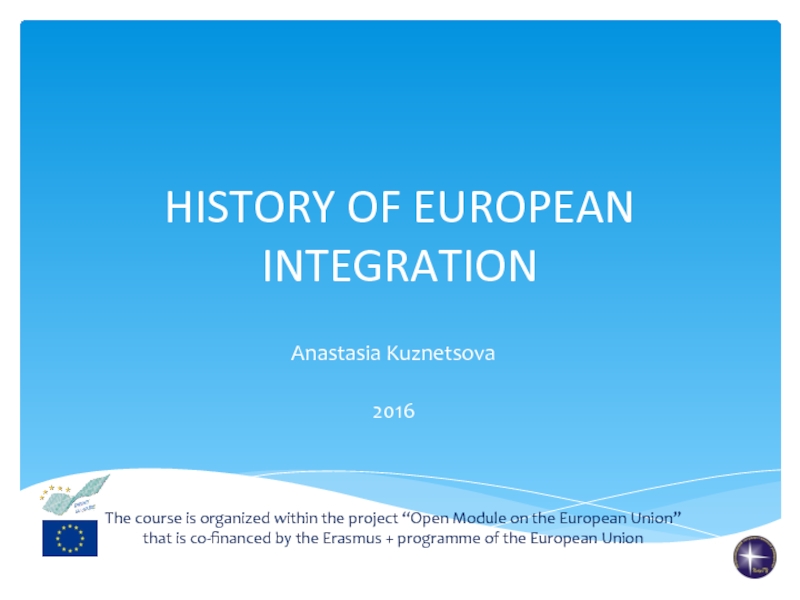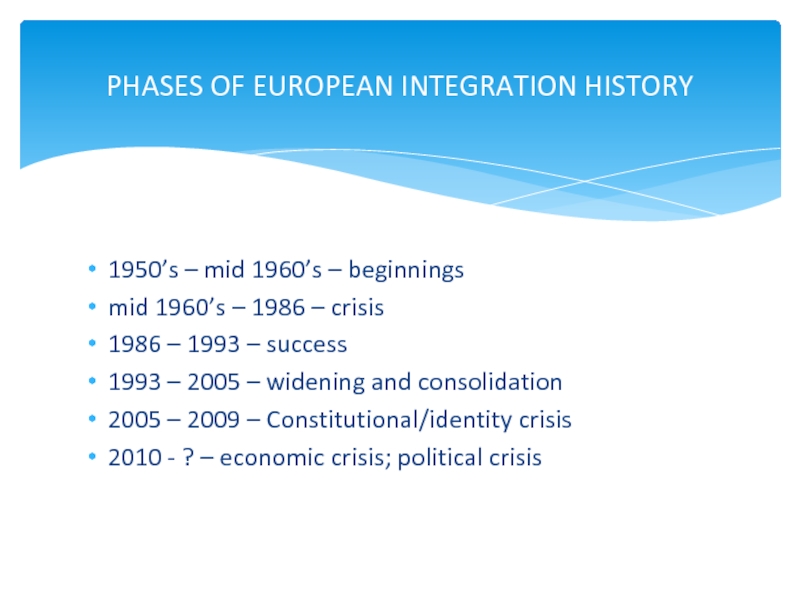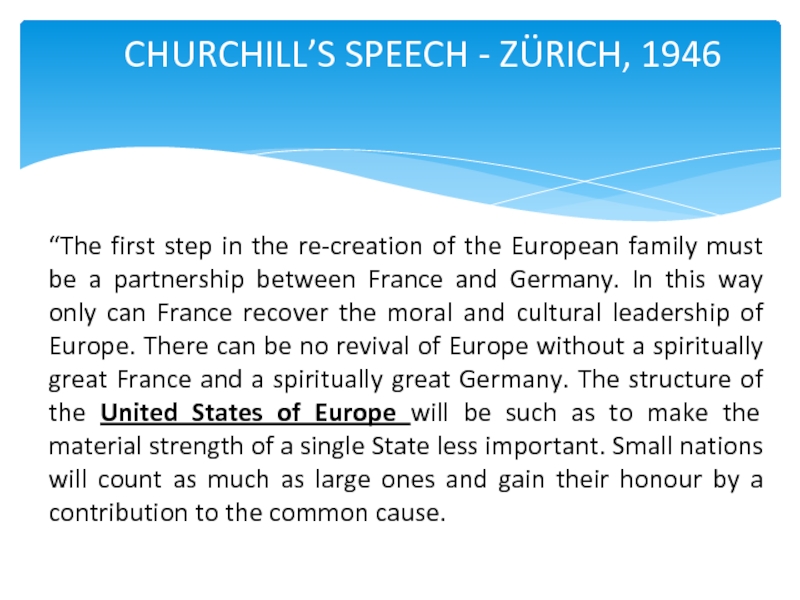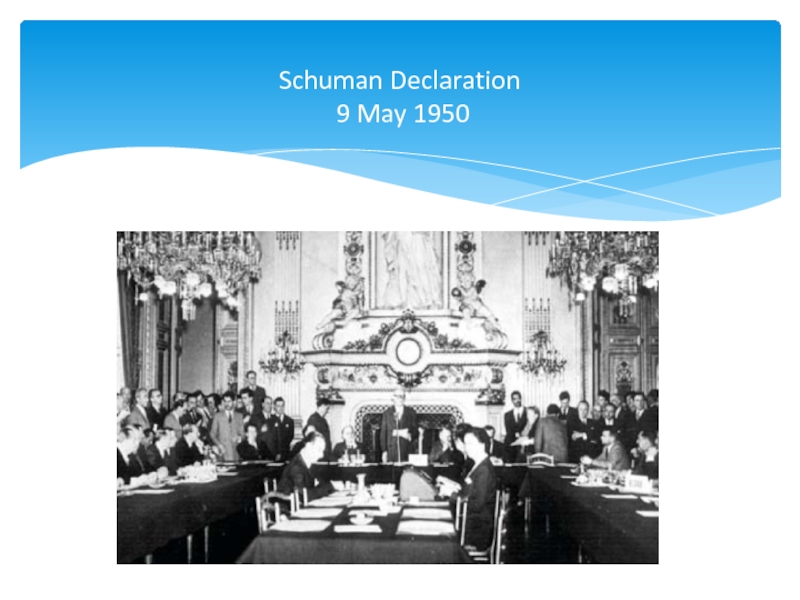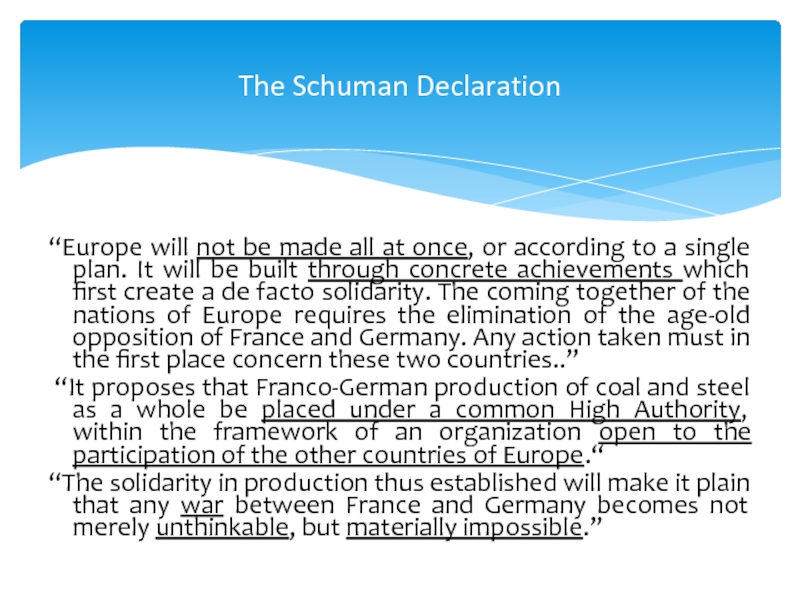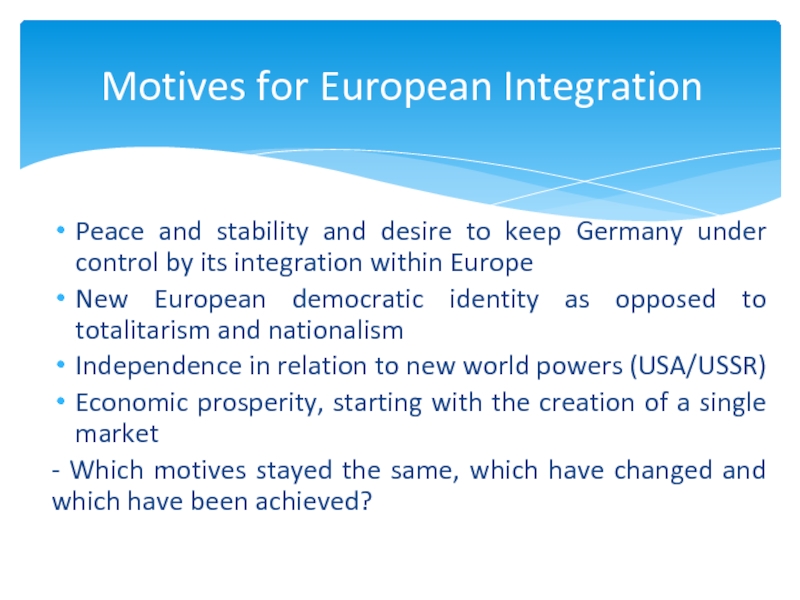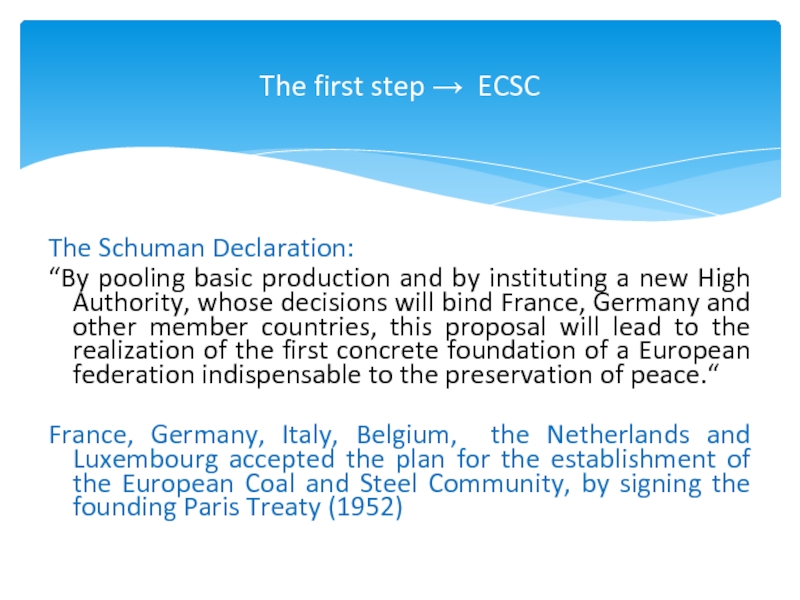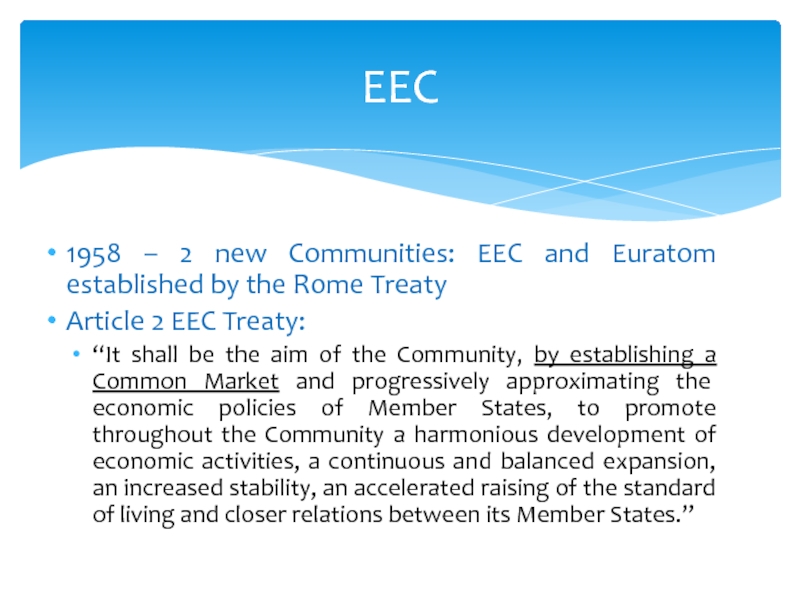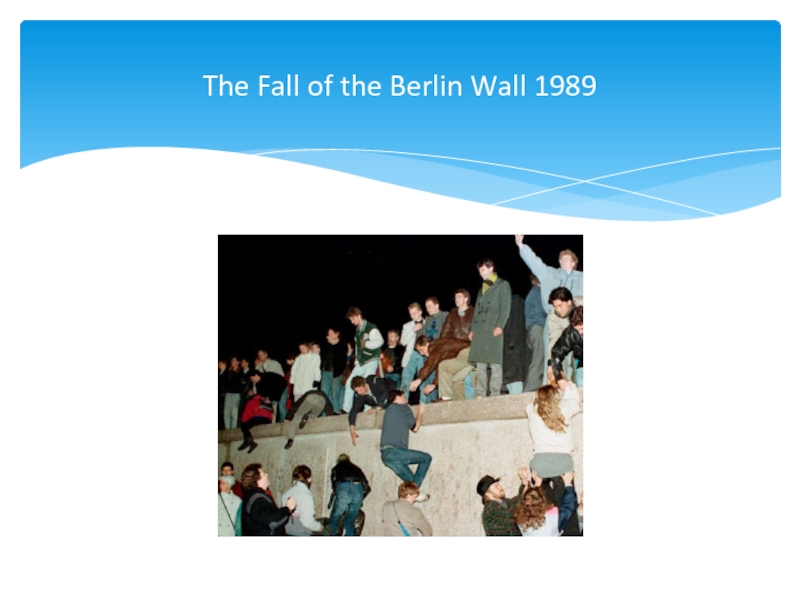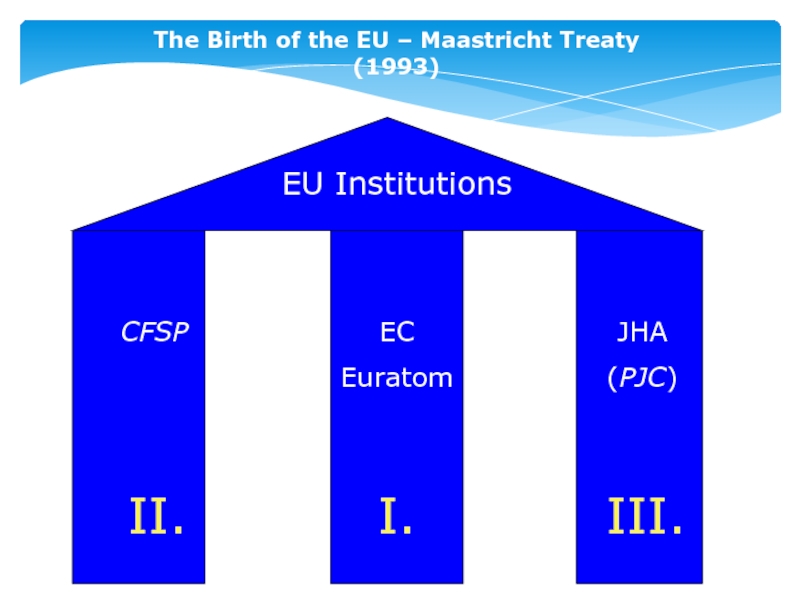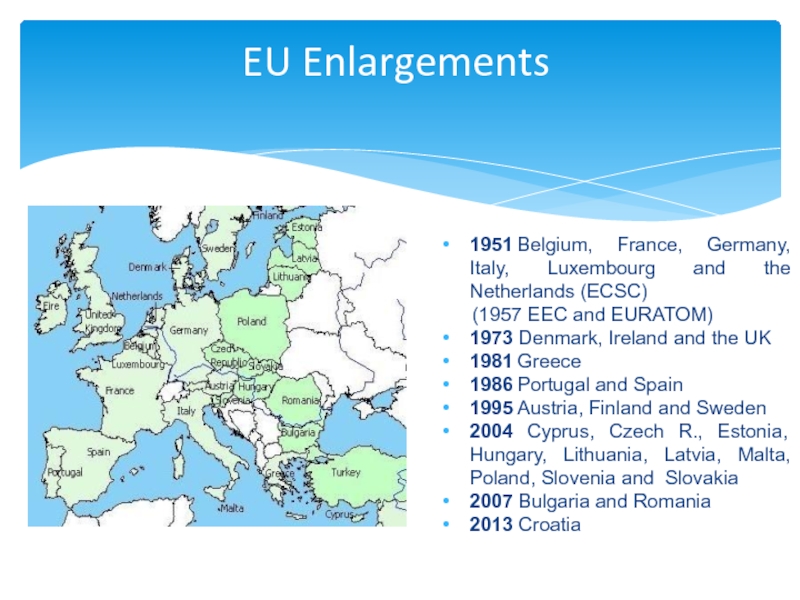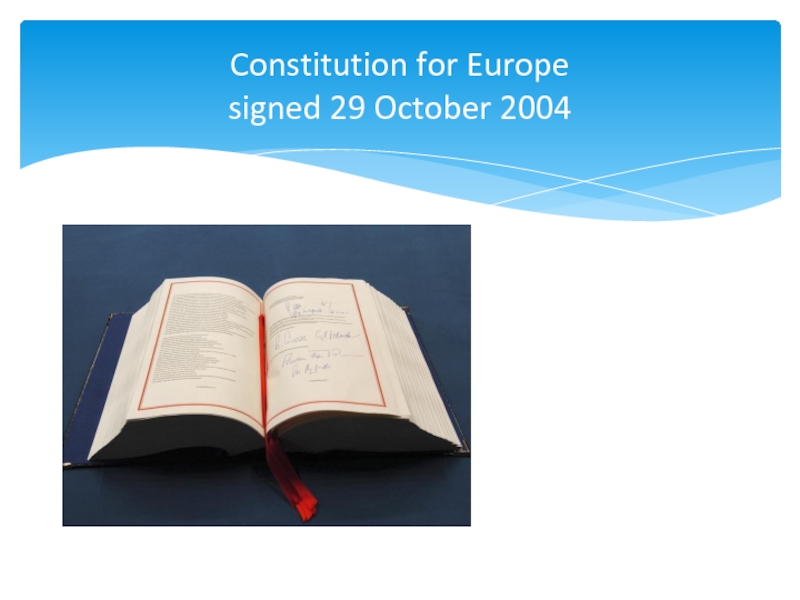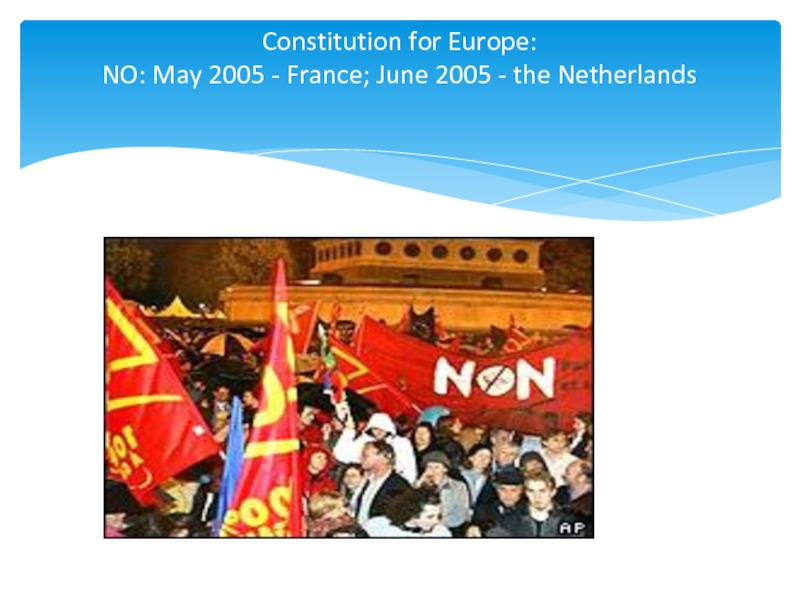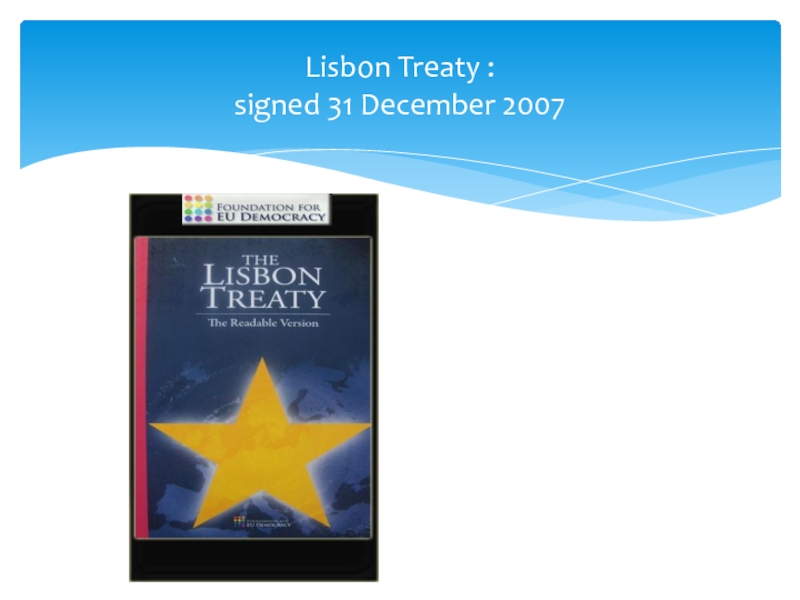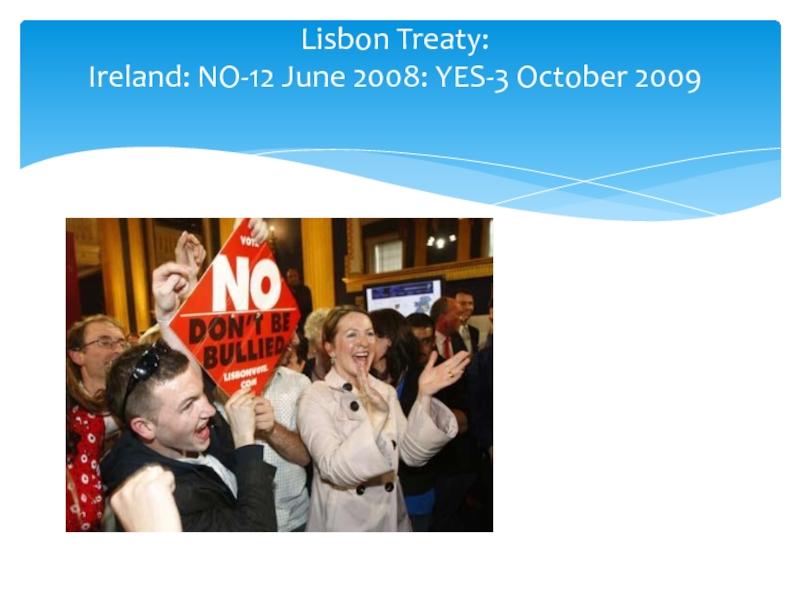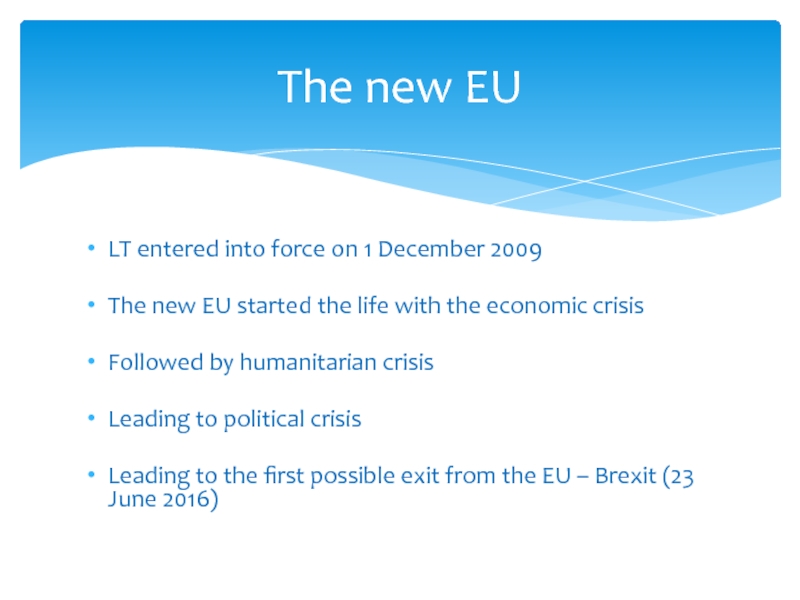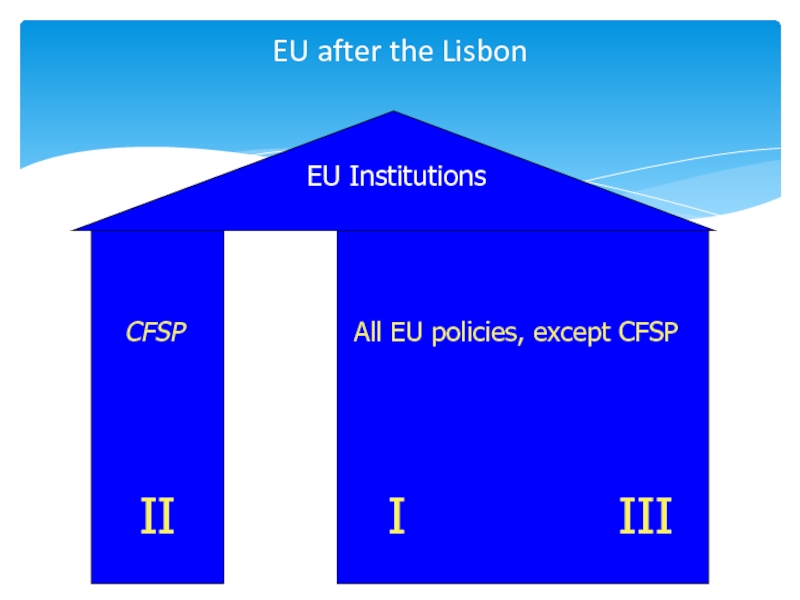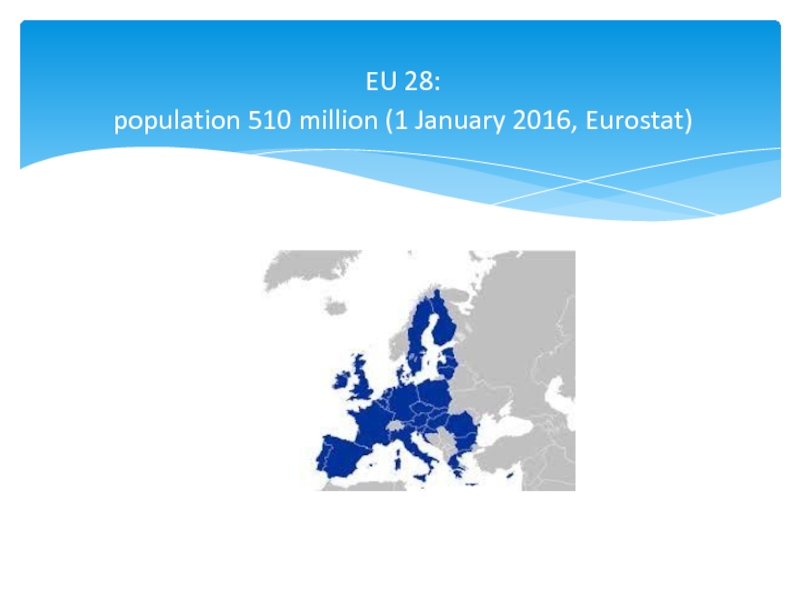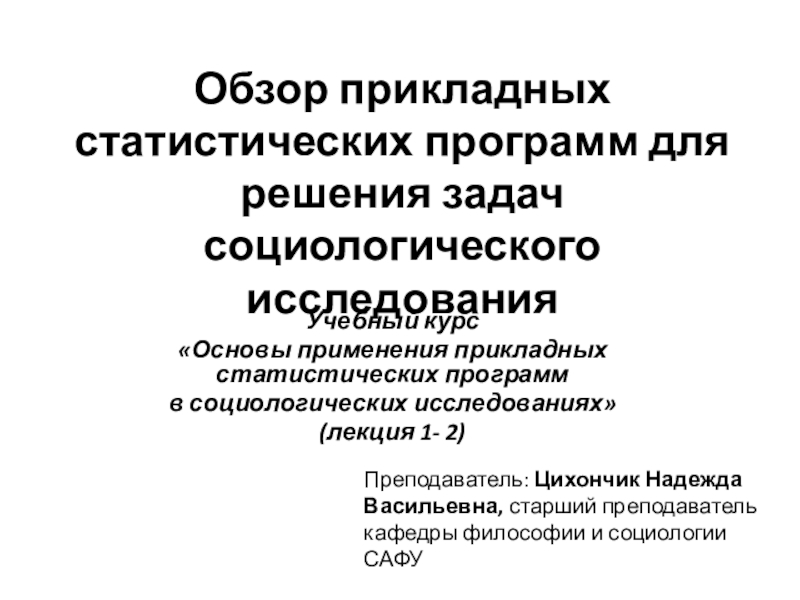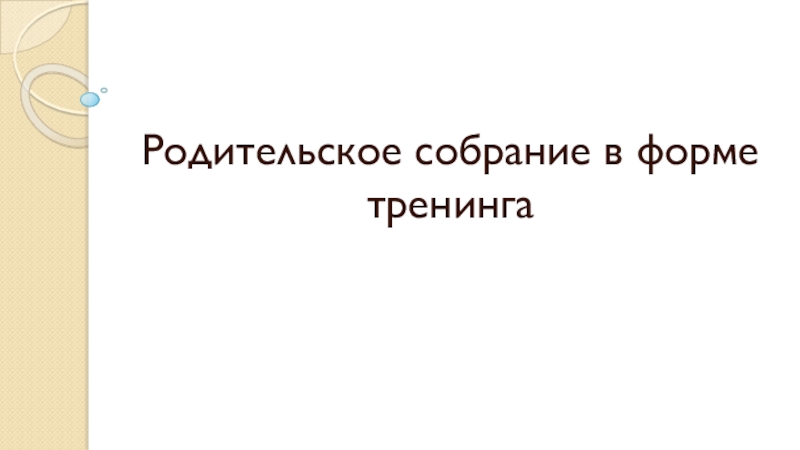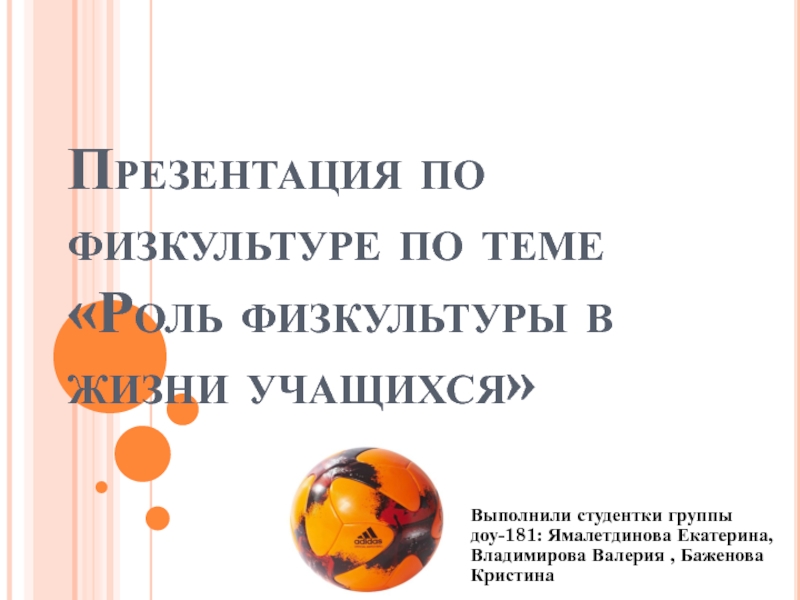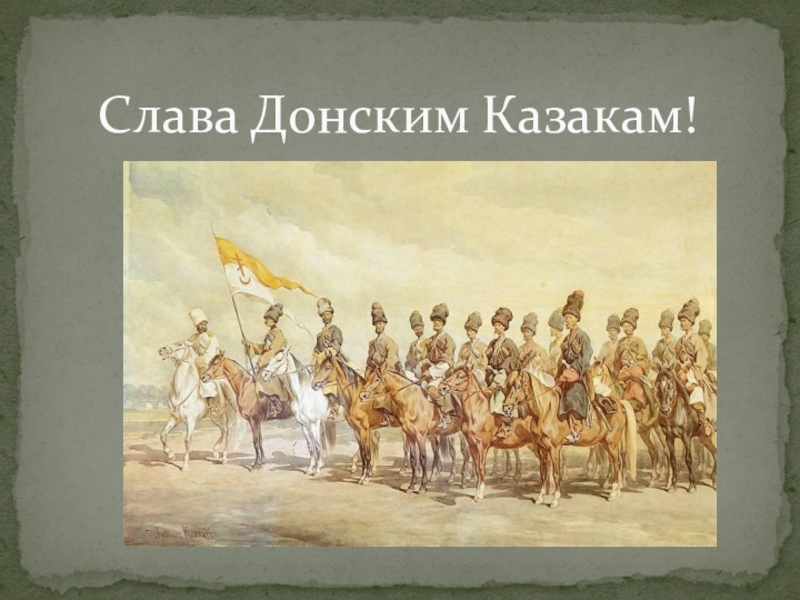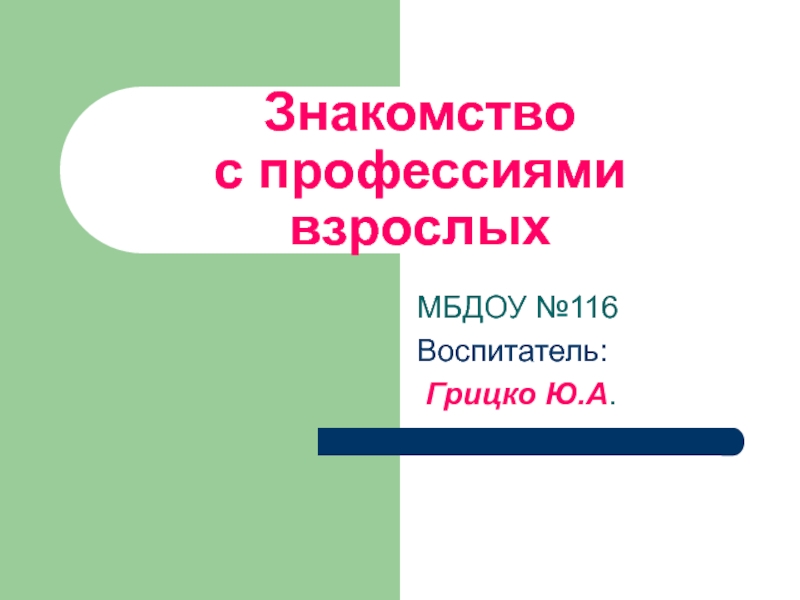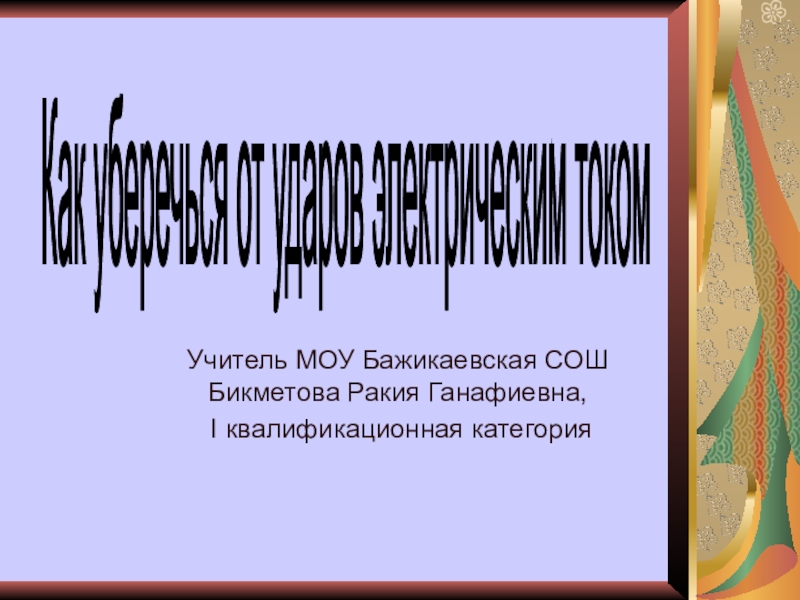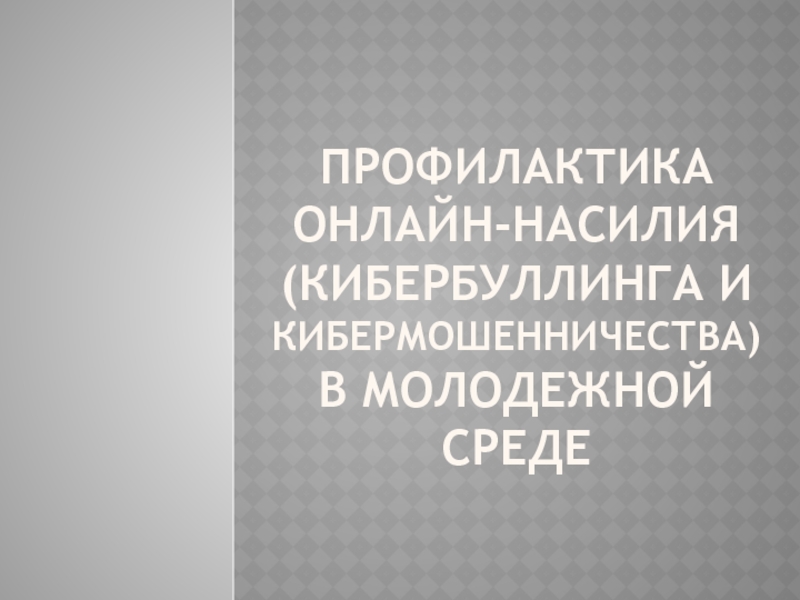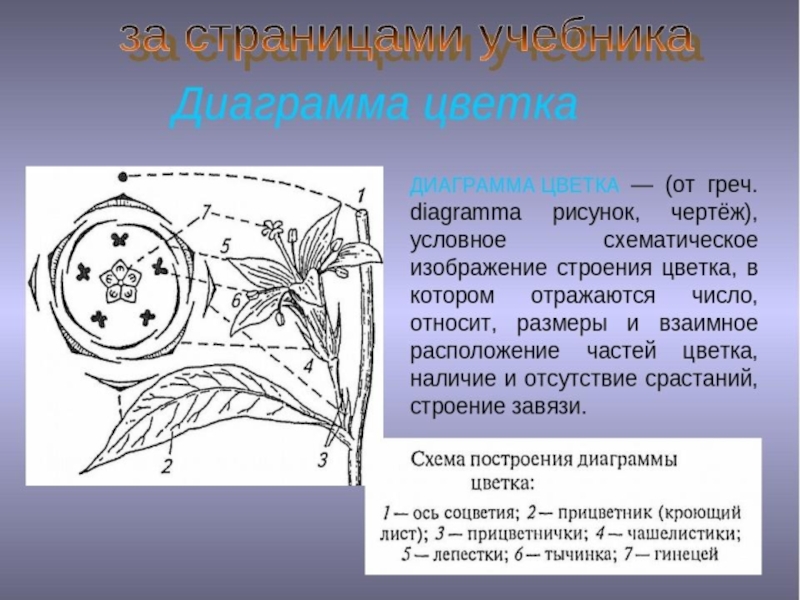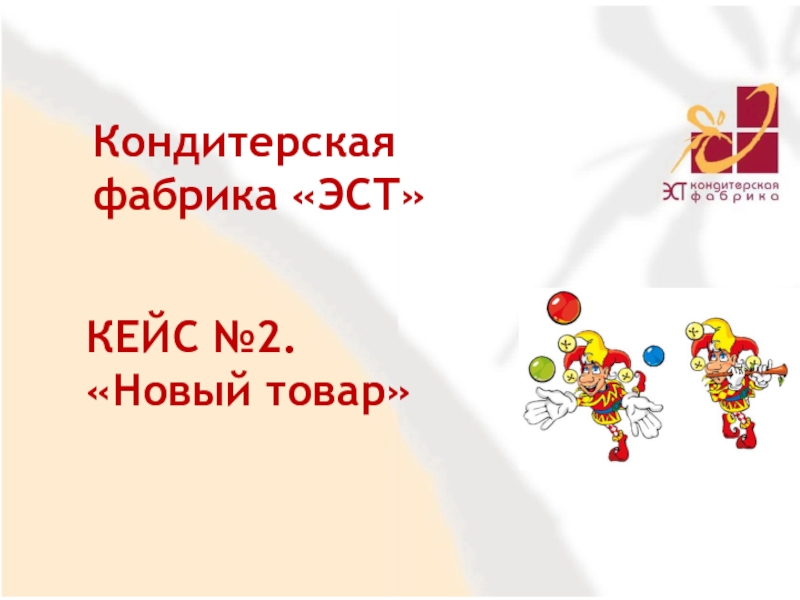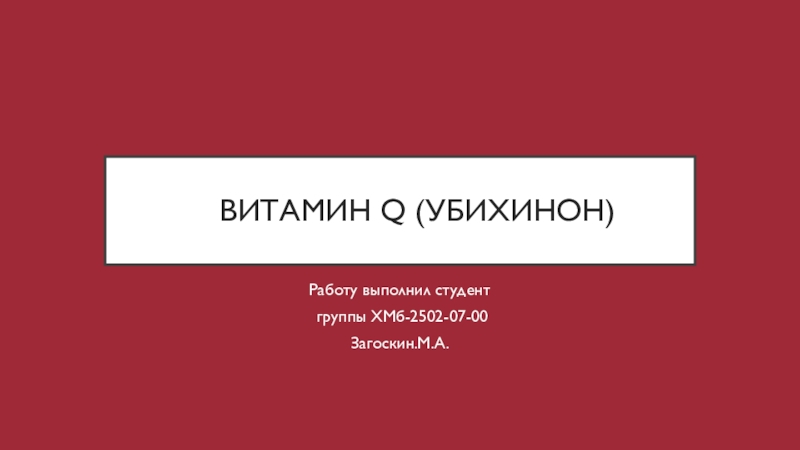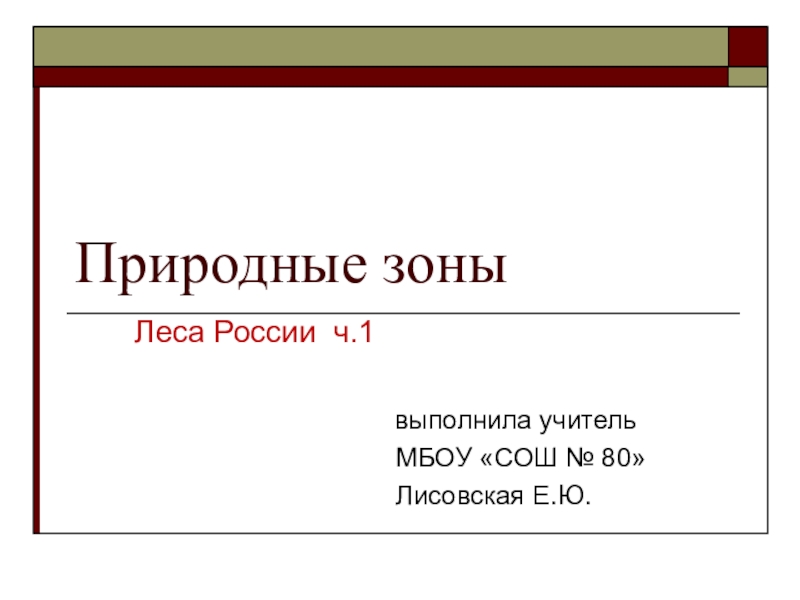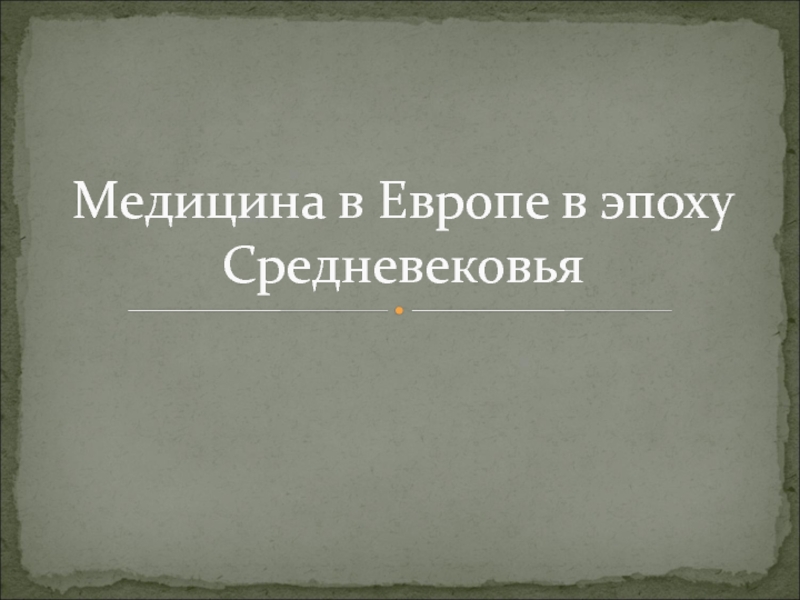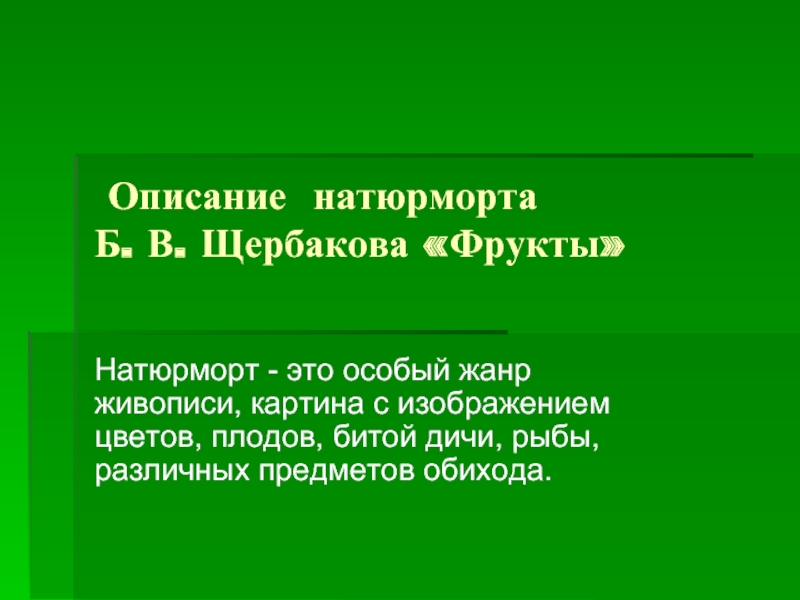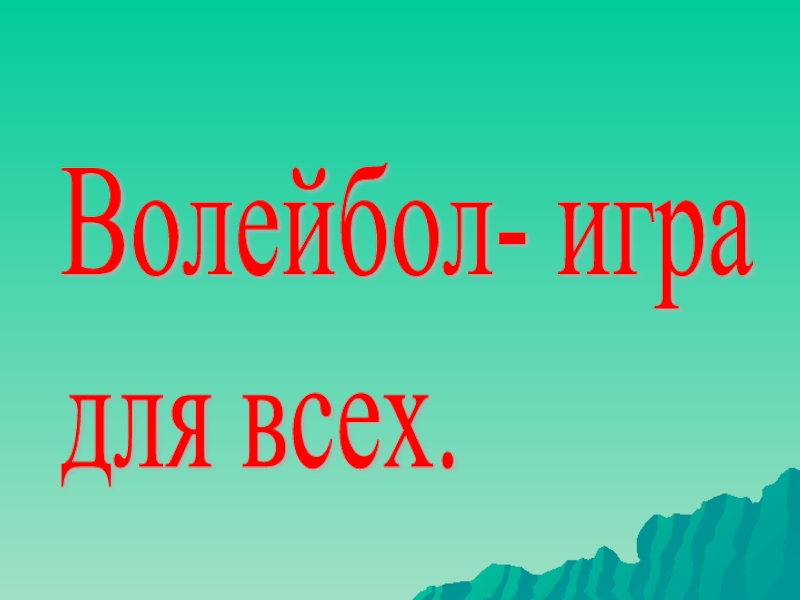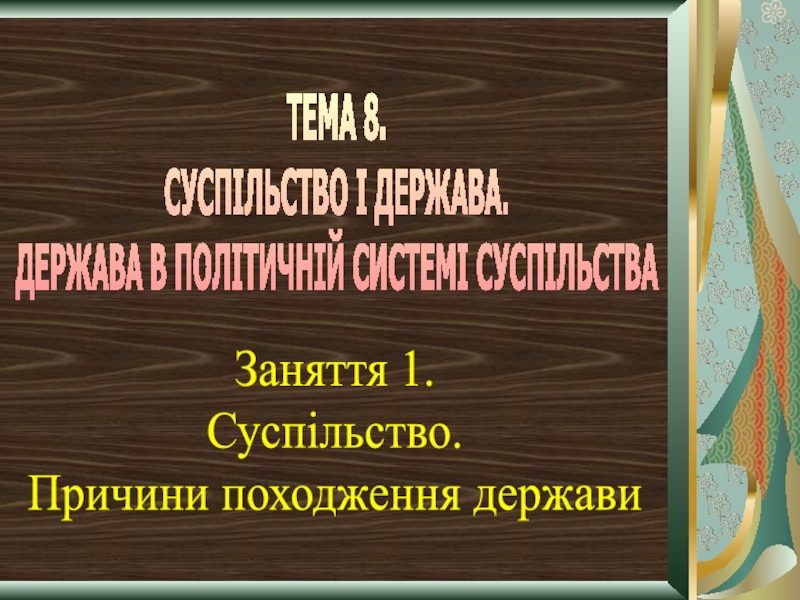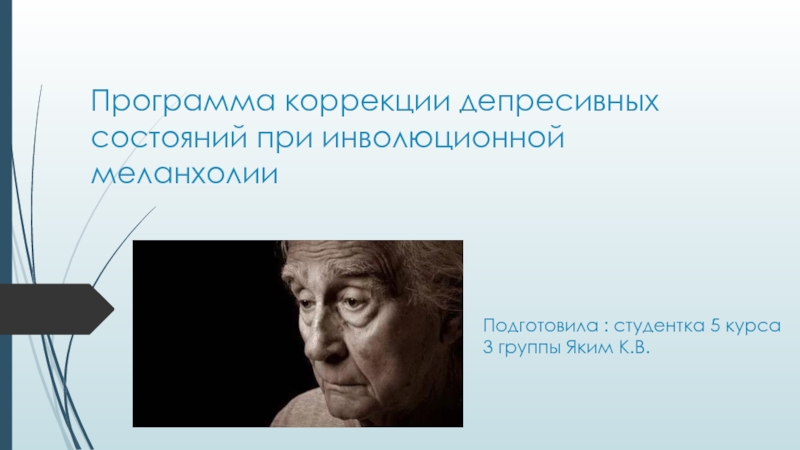Разделы презентаций
- Разное
- Английский язык
- Астрономия
- Алгебра
- Биология
- География
- Геометрия
- Детские презентации
- Информатика
- История
- Литература
- Математика
- Медицина
- Менеджмент
- Музыка
- МХК
- Немецкий язык
- ОБЖ
- Обществознание
- Окружающий мир
- Педагогика
- Русский язык
- Технология
- Физика
- Философия
- Химия
- Шаблоны, картинки для презентаций
- Экология
- Экономика
- Юриспруденция
HISTORY OF EUROPEAN INTEGRATION
Содержание
- 1. HISTORY OF EUROPEAN INTEGRATION
- 2. 1950’s – mid 1960’s – beginnings mid
- 3. “The first step in the re-creation of
- 4. Schuman Declaration 9 May 1950
- 5. “Europe will not be made all at
- 6. Peace and stability and desire to keep
- 7. The Schuman Declaration:“By pooling basic production and
- 8. 1958 – 2 new Communities: EEC and
- 9. The Fall of the Berlin Wall 1989
- 10. The Birth of the EU – Maastricht Treaty (1993)EU InstitutionsII.I.III.CFSPECEuratomJHA(PJC)
- 11. EU Enlargements1951 Belgium, France, Germany, Italy, Luxembourg and
- 12. Constitution for Europe signed 29 October 2004
- 13. Constitution for Europe: NO: May 2005 - France; June 2005 - the Netherlands
- 14. Lisbon Treaty : signed 31 December 2007
- 15. Lisbon Treaty: Ireland: NO-12 June 2008: YES-3 October 2009
- 16. LT entered into force on 1 December
- 17. EU InstitutionsIIIIIICFSPAll EU policies, except CFSPEU after the Lisbon
- 18. Слайд 18
- 19. Скачать презентанцию
Слайды и текст этой презентации
Слайд 1HISTORY OF EUROPEAN INTEGRATION
Anastasia Kuznetsova
2016
The course is organized within the
project “Open Module on the European Union”
by the Erasmus + programme of the European UnionСлайд 2
1950’s – mid 1960’s – beginnings
mid 1960’s – 1986
– crisis
1986 – 1993 – success
1993 – 2005 –
widening and consolidation 2005 – 2009 – Constitutional/identity crisis
2010 - ? – economic crisis; political crisis
PHASES OF EUROPEAN INTEGRATION HISTORY
Слайд 3“The first step in the re-creation of the European family
must be a partnership between France and Germany. In this
way only can France recover the moral and cultural leadership of Europe. There can be no revival of Europe without a spiritually great France and a spiritually great Germany. The structure of the United States of Europe will be such as to make the material strength of a single State less important. Small nations will count as much as large ones and gain their honour by a contribution to the common cause.CHURCHILL’S SPEECH - ZÜRICH, 1946
Слайд 5“Europe will not be made all at once, or according
to a single plan. It will be built through concrete
achievements which first create a de facto solidarity. The coming together of the nations of Europe requires the elimination of the age-old opposition of France and Germany. Any action taken must in the first place concern these two countries..”“It proposes that Franco-German production of coal and steel as a whole be placed under a common High Authority, within the framework of an organization open to the participation of the other countries of Europe.“
“The solidarity in production thus established will make it plain that any war between France and Germany becomes not merely unthinkable, but materially impossible.”
The Schuman Declaration
Слайд 6Peace and stability and desire to keep Germany under control
by its integration within Europe
New European democratic identity as opposed
to totalitarism and nationalismIndependence in relation to new world powers (USA/USSR)
Economic prosperity, starting with the creation of a single market
- Which motives stayed the same, which have changed and which have been achieved?
Motives for European Integration
Слайд 7The Schuman Declaration:
“By pooling basic production and by instituting a
new High Authority, whose decisions will bind France, Germany and
other member countries, this proposal will lead to the realization of the first concrete foundation of a European federation indispensable to the preservation of peace.“France, Germany, Italy, Belgium, the Netherlands and Luxembourg accepted the plan for the establishment of the European Coal and Steel Community, by signing the founding Paris Treaty (1952)
The first step → ECSC
Слайд 81958 – 2 new Communities: EEC and Euratom established by
the Rome Treaty
Article 2 EEC Treaty:
“It shall be the
aim of the Community, by establishing a Common Market and progressively approximating the economic policies of Member States, to promote throughout the Community a harmonious development of economic activities, a continuous and balanced expansion, an increased stability, an accelerated raising of the standard of living and closer relations between its Member States.”EEC
Слайд 11EU Enlargements
1951 Belgium, France, Germany, Italy, Luxembourg and the Netherlands (ECSC)
(1957 EEC and EURATOM)
1973 Denmark, Ireland and the
UK1981 Greece
1986 Portugal and Spain
1995 Austria, Finland and Sweden
2004 Cyprus, Czech R., Estonia, Hungary, Lithuania, Latvia, Malta, Poland, Slovenia and Slovakia
2007 Bulgaria and Romania
2013 Croatia
Слайд 16LT entered into force on 1 December 2009
The new EU
started the life with the economic crisis
Followed by humanitarian crisis
Leading to political crisis
Leading to the first possible exit from the EU – Brexit (23 June 2016)
The new EU
